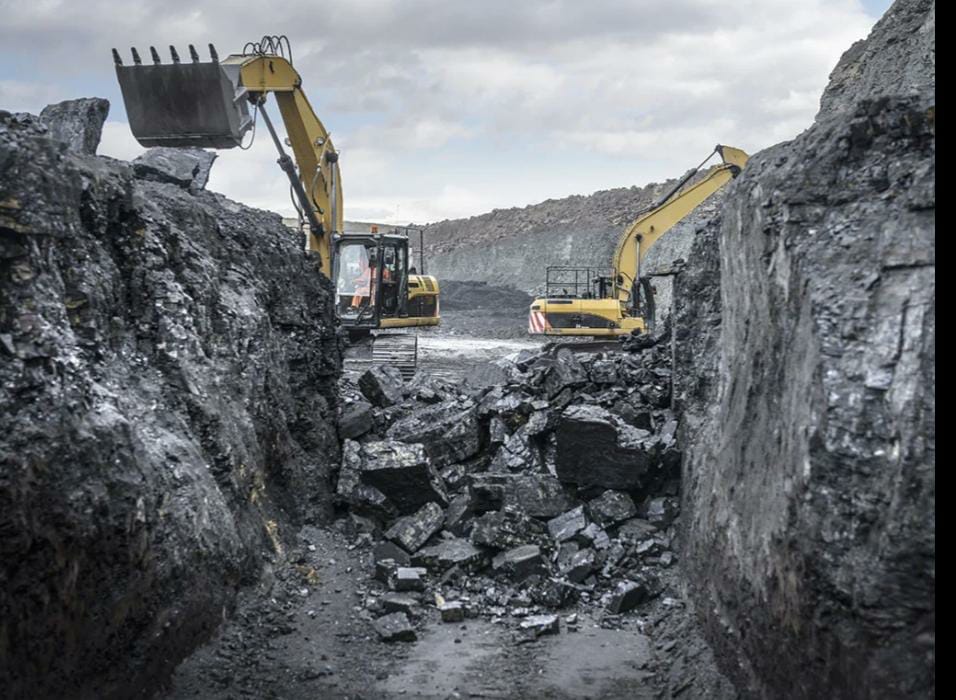According to the previous record, India’s domestic coal production has increased by 28%. The coal sector superabounds in paradoxes and perennially remains in a predicament. India is the largest producer and Importers of Coal. The Government is trying to revive and rejuvenate the sector and, simultaneously, pledging to Phase it out as a part of its zero-emission commitment. Coal India Limited (CIL), the public sector, continues to make efforts which are on the way to concluding its dominance and paving for the global mining industry. The Ministry of Coal has announced a limit of imports to zero, while the Ministry of Power has made imports compulsory.
After record-breaking coal production of 777 million tonnes (MT) in 2021-22, domestic coal production continues to grow in the current fiscal year. The total domestic coal production in 2022-23 up to May 31, 2022, is 137.85 MT, which is 28.6 per cent higher than the production of 104.83 MT in the same period last year. The Ministry of Coal today said this trend would also be maintained in June 2022. Coal production by Coal India Limited (CIL) is 28 per cent higher than the corresponding period of last year (up to June 16, 2022). The domestic coal production target for the current financial year is 911 MT which is 17.3 per cent higher than the previous year.

In the coal scam, the former coal secretary HC Gupta seized the coal bureaucracy because of piecemeal & half-hearted reforms. In 2014, the Supreme Court gg 204 out of 218 coal blocks have been allocated since 1994. Back-of-the-envelope, shocking calculations done by the CAG led to the diminishment of mines with no takers even today because of inflated floor prices. Only 110 mines have been allocated, of which 50 have opening permission, and just 36 of 50 are under coal production.
Many policies by government announcements with laudable objectives have failed to bring good results.
In 2018, utilisation of coal mines was permited for the PSU power sector.
In 2019, 100% FDI is under automatic route for sale of coal, coal mining activities, coal handling and separation was allowed.
In 2020, an auction on a revenue share basis was organised. Also removed restrictive provisions, like prior mining experience in India, on the participation of the global merchant minimum industry.
In 2021, the sale of up to 60% of coal produced in a year by captive coal mines was permission granted. These measurement have not significantly enhanced the availability of coal in the open market due to the persistence of structural impediments.

External challenges are always there to follow the coal industry. The low financial health of discoms and rising NPAs of thermal power plants hold up miners’ still remained. A surge in power requires making matters worse. The global withdrawal from fossil fuels for climate and environmental reasons poses a new struggle to the viability of long-term investments. India has promised that renewables will provide 60% of its electricity by 2030. This number could rise further as it pursues a net-zero emissions target by 2070.
The Coal industry, riddled with contradictions and piecemeal reforms, will continue to chug India’s energy sector haltingly until the sun sets.

